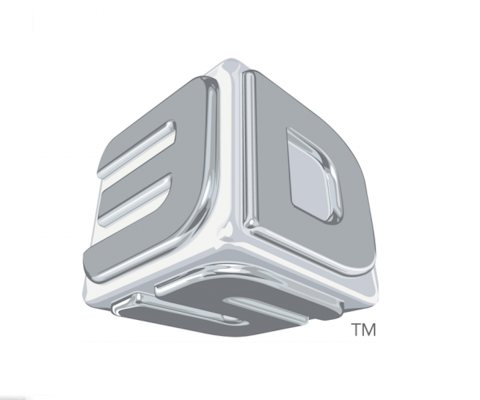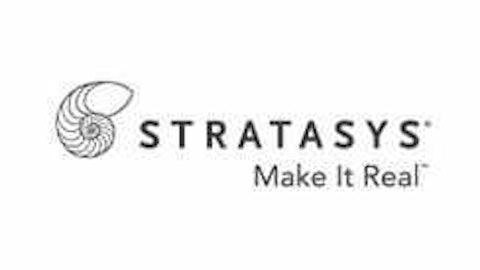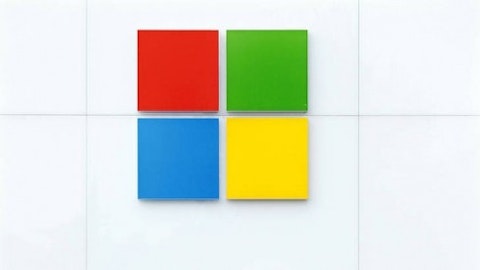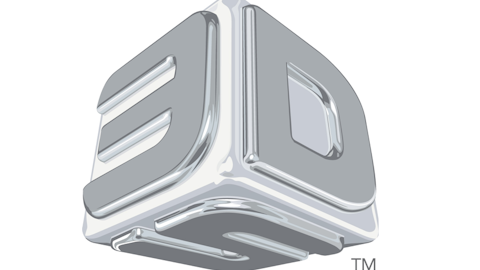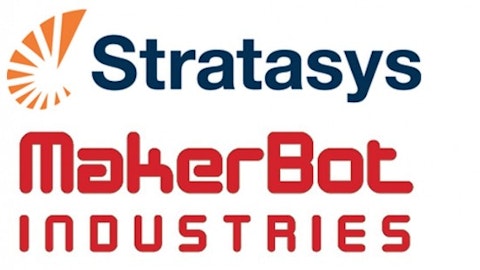The Industrial Revolution, driven by a confluence of several significant innovations across multiple industries, absolutely changed the world. These innovations made it faster, easier, and cheaper to mass-produce things that had been inaccessible to the common man before, creating a huge consumer market while also making the jobs that would pay for these newly available consumer goods.
From Wikipedia:
The Industrial Revolution marks a major turning point in history; almost every aspect of daily life was influenced in some way. In particular, average income and population began to exhibit unprecedented sustained growth. In the words of Nobel Prize winner Robert E. Lucas, Jr., “For the first time in history, the living standards of the masses of ordinary people have begun to undergo sustained growth … Nothing remotely like this economic behavior is mentioned by the classical economists, even as a theoretical possibility.”
Simply put, it altered the very landscape of human life and continues to do so today. Yet as manufacturing technology has continued to become even more efficient and automated, our ability to produce one-off, unique, or customized items has essentially remained the purveyance of craftsmen, or specialized companies, meaning slow, expensive, and not viable for the common man. But with the advent of “additive manufacturing,” or so-called 3D printing, this new evolution in manufacturing may significantly alter the way we acquire and consume goods, and drive manufacturing of specialized items to places it’s never been before.
And for investors, this could be the ground floor.
Old technology, new applications
3D Systems Corporation (NYSE:DDD) has been around since 1986, so to call 3D printing new, isn’t really true. Consider this: In 1986, Microsoft Corporation (NASDAQ:MSFT) generated $310 million in annual revenue. 3D systems didn’t reach $300 million in annual revenue until just this year, while Microsoft generated $76 billion over the past 12 months. The difference? Microsoft Corporation (NASDAQ:MSFT)’s technology wouldn’t matter if it wasn’t for the simultaneous growth of the personal computer, or PC, fostered by things like Moore’s Law, where microprocessors continually become more powerful and inexpensive, and things like the internet that allow consumers to use the PC to improve our lives, become central to daily life.
3D printing also requires “supporting” technologies to drive both capability and demand. And the last half-decade has finally begun to show advances, ranging from tougher plastics, to ceramics for applications ranging from aerospace parts at one-tenth the cost to dental implants while you wait, metals for highly customized components in automotive applications, and even the ability to use “bio-printers” to print human tissues using a patient’s own cells.
And this doesn’t even touch on the possibilities for consumer-based printers. It may sound outlandish, but one day in the future we may buy a design for new dishes online, and just print them at home instead of heading out to the local “Dishes R Us” to pick up a pattern and color that we’re not quite exactly happy with. This concept could extend to nearly everything in the home, and it also gives us the power to customize products to our needs and wants.
Simply put, the sky’s the limit as to where these technologies can go.
More than just one player
Industry consolidation has been heavy over the past few years. 3D Systems Corporation (NYSE:DDD) has been a bit of a “serial acquirer,” buying dozens of smaller players, both in manufacturing and distribution, as it works to both grow its portfolio of technology and expand its distribution network. And while there is a risk of “diworsification,” to channel my inner Peter Lynch, CEO Abe Reichental has done a tremendous job focusing on acquisitions that drive both innovation and growth while not stepping outside the company’s strengths. A good example is the recent acquisition of France-based Phenix Systems, expanding into metals-based 3d printing, an area that had been viewed as a weakness for the company.
Stratasys, Ltd. (NASDAQ:SSYS) and ExOne Co (NASDAQ:XONE) are also right in the middle of this brave new future. Stratasys, as it exists today, is the product of a 2012 merger with Objet, creating a single company more on target with 3D Systems Corporation (NYSE:DDD) in overall size and scope. And with the recent acquisition of consumer market specializer Makerbot, Stratasys and 3D Systems now compete head-to-head in nearly every segment.
ExOne Co (NASDAQ:XONE), however, is laser-focused on industrial applications, especially in materials like metals, sand (yep-you read that right,) and ceramics, and manufacturing highly technical, specialized parts that cannot be made with any traditional manufacturing process. And while Stratasys, Ltd. (NASDAQ:SSYS) and 3D Systems are either acquirers or results of large mergers, ExOne is a rarity in this industry- a spinoff; once part of Extrude Hone, which was itself acquired by Kennametal Inc. (NYSE:KMT) in 2005.
Risks & rewards: What’s the best play?
All of these companies are very early in their stories:
XONE Revenue Quarterly data by YCharts
As you can see, total sales in this segment is miniscule today. I’ve used quarterly data, as ExOne only went public this year. Simply put, these companies aren’t generating a combinedannual sales total of $1 billion yet, but they carry a combined market cap of over $8 billion, meaning the Mister Market is expecting them to all keep growing. I’ve chosen to invest in all three, as the opportunity is just plain massive and it’s impossible to predict which will emerge as the best investment.
With that said, there’s a very real risk that a industrial behemoth like General Electric Company (NYSE:GE) jumps in and changes the game. But with that risk, I think the likely scenario sees one of these three acquired. Simply put, there’s too much patented, proprietary technology held by these three, not to mention the talented people and established distribution networks that a large industrial could leverage with its massive scale. And if a buyout happens, investors will surely get a nice premium over todays share prices.
Foolish bottom line
The effects of this industrial evolution aren’t likely to be as pervasive and society altering as the Industrial Revolution, but I have little doubt that it’s a significant opportunity for investors. My recommendation? Start small, and build out your position in all three over time. If one or more emerge as winners, you’ll be glad you didn’t wait. If one or more fail miserably, you’ll be glad you didn’t go “all in.”
The article A Regular Fool’s Retirement Portfolio: The Industrial Evolution originally appeared on Fool.com and is written by Jason Hall.
Jason Hall owns shares of 3D Systems Corporation (NYSE:DDD), Stratasys, and The ExOne Company. The Motley Fool recommends 3D Systems, Stratasys, and The ExOne Company. The Motley Fool owns shares of 3D Systems and Stratasys and has the following options: Short Jan 2014 $36 Calls on 3D Systems and Short Jan 2014 $20 Puts on 3D Systems. Jason is a member of The Motley Fool Blog Network — entries represent the personal opinion of the blogger and are not formally edited.
Copyright © 1995 – 2013 The Motley Fool, LLC. All rights reserved. The Motley Fool has a disclosure policy.
